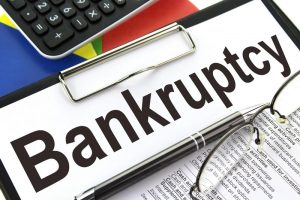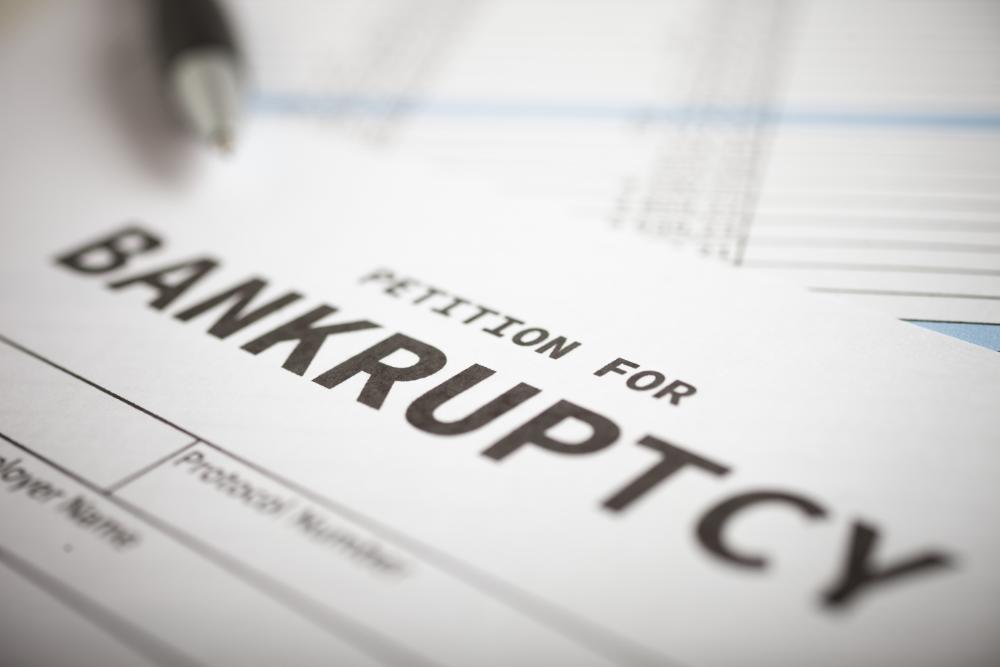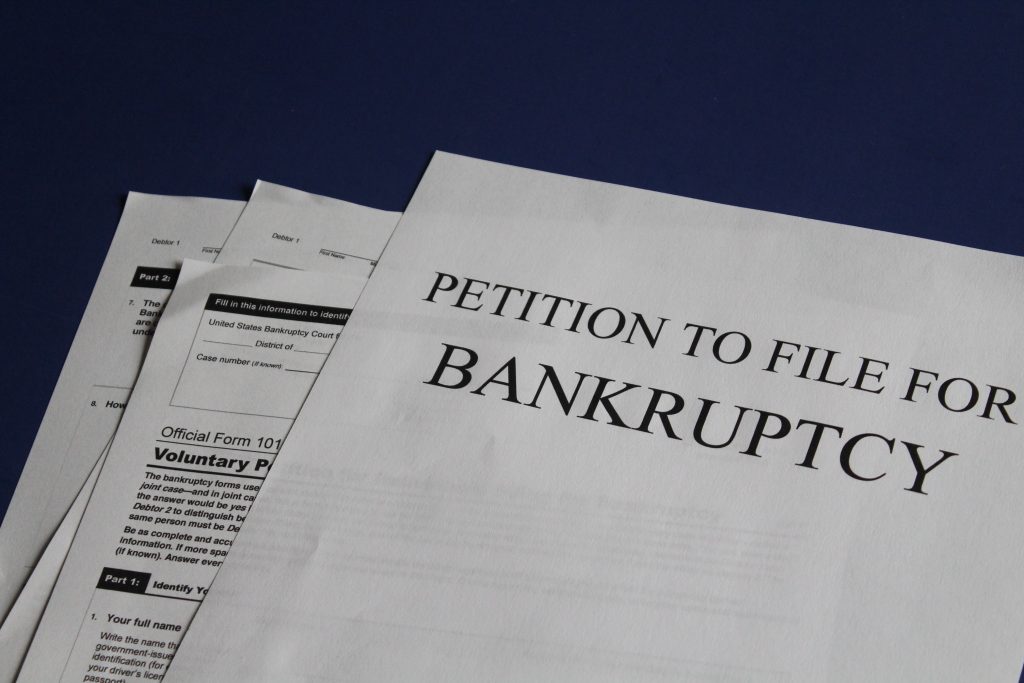Filing for bankruptcy is one option for individuals who have become unable to pay their debts. The final step after filing for bankruptcy is issuance bankruptcy discharge by the court. This is an order that prohibits creditors from engaging in all forms of debt collection action on discharged debts.
Getting a bankruptcy discharge is not guaranteed. It is hence essential to get a bankruptcy lawyer in Salt Lake City to help you get a discharge. Apart from the external help you can get from a reliable attorney, you will need to understand the process as well as some terms and possible outcomes yourself.
Here are the different types of bankruptcy discharge, according to the Law Office of Davis & Jones, P.C., that the court might grant you.
Absolute Discharge
 An absolute discharge is an ideal choice for everyone who files for bankruptcy. If all goes well in your case, this is the type of discharge, you’d want to get. An absolute discharge order automatically releases you from debt obligations incurred as of the bankruptcy filing date.
An absolute discharge is an ideal choice for everyone who files for bankruptcy. If all goes well in your case, this is the type of discharge, you’d want to get. An absolute discharge order automatically releases you from debt obligations incurred as of the bankruptcy filing date.
This order takes effect immediately it is made. The order is given after the petitioner agrees to comply with a prior court order that sets out the conditions of the discharge. Make sure to read the fine print at every step of the way and utilize your lawyer’s knowledge for legal advice — that’s what they’re there for.
Suspended Discharge

A more complicated form of discharge, this is a form of absolute discharge that takes place at a certain time in the future. Suspended discharges are common in bankruptcy procedures involving criminal investigations. This is reserved for individuals who do not comply with court orders.
This type of discharge is also common when the debtor fails to stick with some obligations imposed by the bankruptcy rules. Obstruction, failure to give information, misinformation and non-attendance circumstances are some of the common illegal actions that will attract a suspended discharge.
Conditional Discharge
This type of discharge is common among individuals that show promise of adhering to court orders but can’t present enough proof that they are trustworthy enough for an absolute discharge. The discharge will eventually become absolute, but only after the petitioner completely meets the requirements given by the court.
In this type, the court imposes particular conditions, which you must meet before your discharge becomes absolute. The common stipulation in conditional discharges is payments of specified amounts over a set period. The courts might, however, impose other conditions as they deem fit for your specific situation.
 It is also important to note that in rare instances, the court might turn down requests for a bankruptcy discharge. The reason behind this is that regardless of the type of discharge, courts in most states deem some types of debts as non-dischargeable.
It is also important to note that in rare instances, the court might turn down requests for a bankruptcy discharge. The reason behind this is that regardless of the type of discharge, courts in most states deem some types of debts as non-dischargeable.
For example, tax claims, child support, spousal alimony, debts incurred from malicious injuries to property and persons and government penalties and fines are some of the common non-dischargeable debts.
Many circumstances might have gotten you into a position in which you need to file for bankruptcy to discharge a debt you can no longer pay. What’s important now is you take better steps to fix your current situation.
